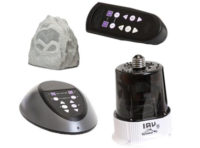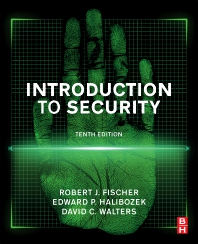With so many different systems being installed in a home, and the variety of players involved, one of the big challenges is “getting everyone on board, on the same page, and at the same time.” It’s a well-known fact most people dislike paperwork, but without it any business will fall into chaos. Documentation and communication are the keys to achieving success in the field. Here are a few techniques to help with doing just that.
Gather contact information for everyone involved. Do this up front, at or before closing a sale. People are excited when they commit to the integrator and start a project; it’s an easy time to ask and receive. Be consistent, follow a procedure with forms and do this for every project. Find out names, emails, office and mobile phone numbers, addresses and websites. By sharing this information with other players on the project, you can be the hero when it comes to having to reach out to someone with no notice. Project management software will help collect this data, or a simple form can also work. The secret is to have it all in one place, readily accessible when needed and available for sharing.
Identify devices on floor plans. Designate the different systems installed on a project with a visual representation of every device at its location and share specific details. Use the ANSI Standard J-STD-710 Architectural Drawing Symbols available in electronic file format to markup architectural drawings. These industry-recognized symbols provide a simple, yet powerful, way to communicate technologies to architects, designers, builders, and anyone working on a project, whether they are equipment, sensors, devices, control interfaces or cable. Standardized symbols help minimize miscommunication among all parties involved on a project. Click here to download Symbol Summary: http://bit.ly/2ng06aQ.
Designate the different systems installed on a project with a visual representation of every device at its location.
Document the network. The backbone of today’s connected home is the network and if/when there is a problem with it, having information makes all the difference. Securely document, ISP, router and modem information, wireless access point(s), and all hardware devices including manufacturer, model number, MAC address, static IP addresses, and passwords. Again, there’s software out there to help you manage networks or a simple form can be used to record the information. Consider offering remote monitoring of the network to ensure your customers’ connectivity is solid.
Share information with the homeowner. It’s all about building a strong long-term relationship with the customer. You’ve collected the information needed to manage the systems in their home, now show them they made the right choice in working with you by offering the information you’ve collected. Your attention to detail and openness builds confidence in you and your firm. Part of that involves being there for them when they have a question or need help.
Provide your contact information. Provide multiple ways for your clients to get in touch with you — phone, email, text and online. Monitor incoming messages 24/7 and establish a response plan to meet their needs.
If you are already doing these things, pat yourself on the back. If there’s room for improvement, make documentation an integral part of your processes. Focus on clarity and brevity while emphasizing communication inside your firm, with outside parties involved on projects, and most importantly, with your customers. Drop me an email — helen@bedrocklearning.com — and I’ll be happy to send you some simple forms to help make this happen.














